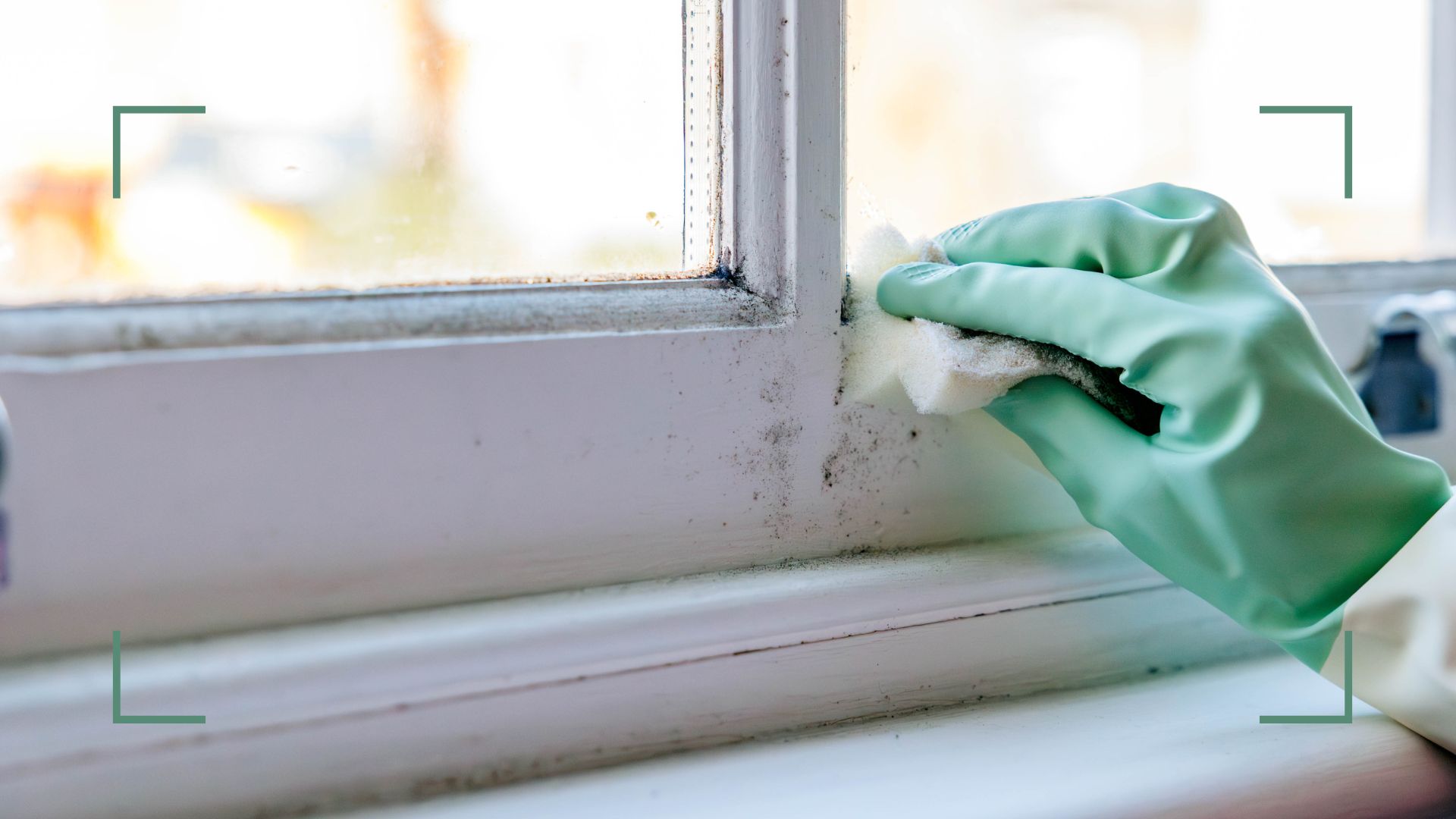
Finding mould in your home is the most unwelcome sight, big or small it's the last thing we want to see. Luckily, a building expert has shared his foolproof methods for keeping mould at bay – to ensure it never becomes a problem.
Prevention is always the best course of action to look after yourself and your house. Mould can quickly become a difficult issue to tackle as it often grows in awkward places and can be hard to remove once it embeds itself.
So before you're left to figure out how to get rid of mould from fabric in your home, here are some useful hacks from a building expert to keep those pesky spores at bay.
6 ways to prevent mould from growing in your home
Whilst knowing how to treat mould is extremely important, prioritising its prevention is even more key to keeping your home safe and clean.
Speaking to Andy Simms, a building expert from MyBuilder.com, he says, "It’s essential to address the actual causes of mould in your house, and sometimes this may require the services of a professional to ascertain where your issue is originating. Without doing this first, any treatment will be futile in keeping your home mould-free."
So if you're looking for ways to prevent mould in your wardrobe or are particularly concerned with a damp corner in your home here are seven hacks from Andy to help.
1. Invest in a good dehumidifier
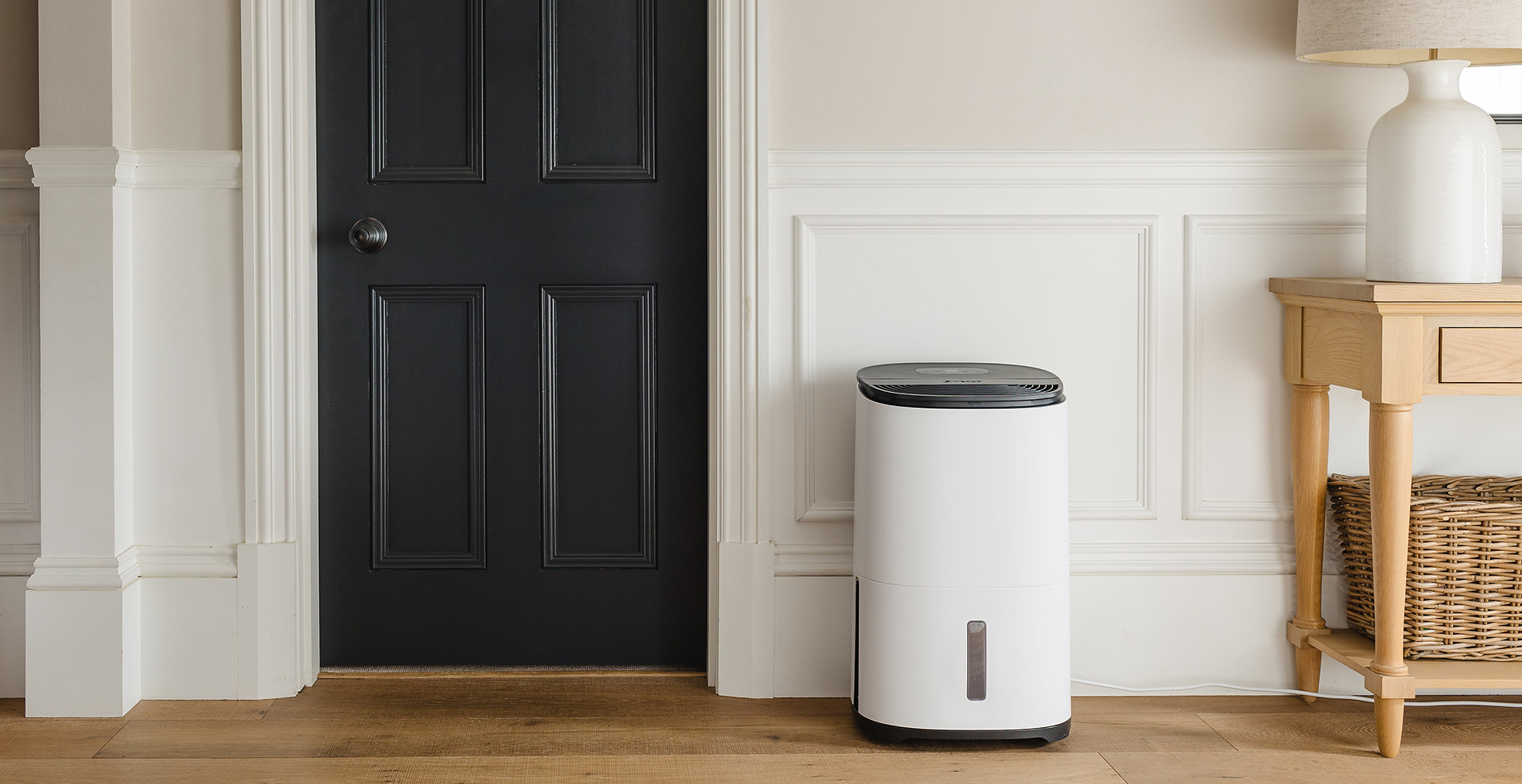
One of the most efficient ways to prevent mould in any one of your rooms is to invest in one of the best dehumidifiers as this will quickly take out moisture in your room all with minimal effort from you.
If you're worried about the costs then Andy suggests using it intermittently and stresses that investing in an affordable model is much cheaper than treating mould after all.
Our team of experts takes pride in how we test dehumidifiers to ensure we recommend only the best on the market, as a result we know everything you need to know before buying a dehumidifier. We highly recommend these 3 models:
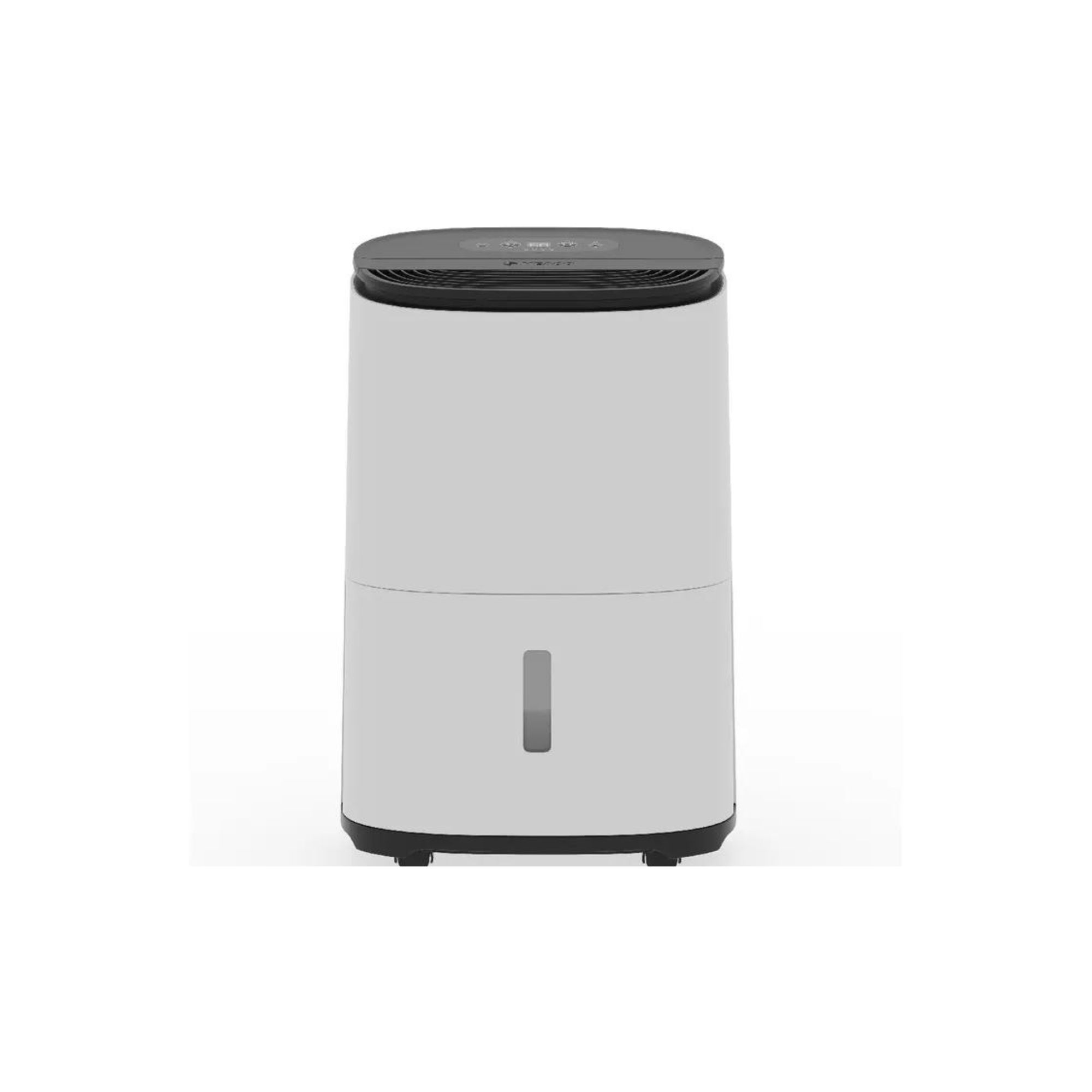
Our MeacoDry Arete One review shows what a great all-around this dehumidifier is. It's simple, easy to use, great for families with little ones, and quiet. It even has a laundry mode, which is useful for beating humidity in the home.

We found this to be the best dehumidifier for bedrooms. There's fierce competition to sit in this spot, but the De'Longhi claims it effortlessly. It's so quiet, you won't even know it's there doing its thing.

A laundry room is the perfect place for a dehumidifier, especially if you want to dry clothes quickly. This dried a large area of cupboard in a matter of hours.
2. Keep your curtains open
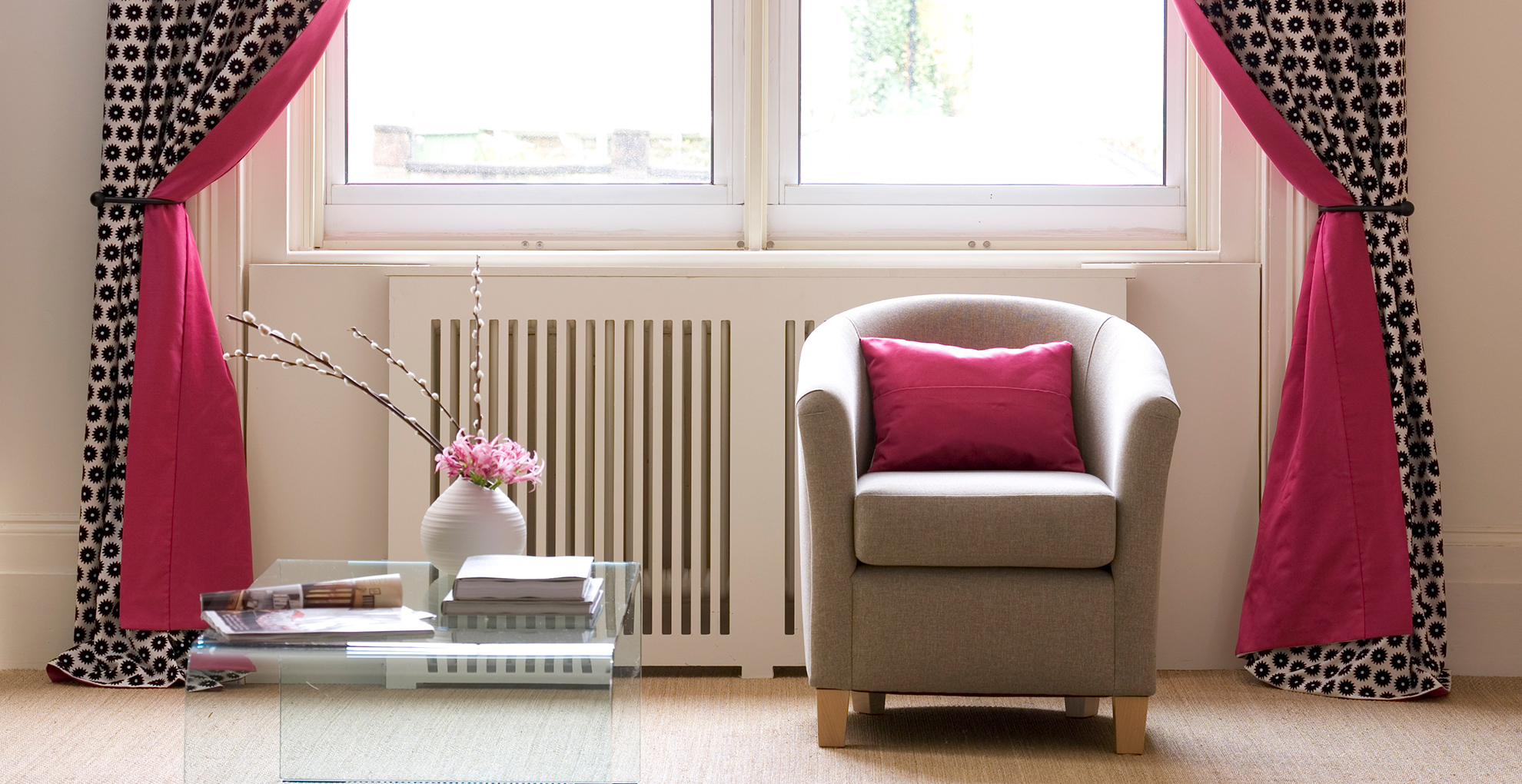
Mould usually grows when the air in your home is damp or your windows are prone to condensation. This is why prioritising air flow is one of the best ways to keep mould at bay. Keeping your curtains open whenever you can is one of the easiest ways to do this.
"Having your curtains or blinds open increases the ventilation in your home," explains Andy. "It also allows the glass to be heated more easily to avoid condensation on your windows."
He does also suggest keeping your curtains open at night too, however, there is the matter of security and privacy issues so don't panic if you can't do that. Whilst this isn't exactly an expert cleaning hack or complex mould tip, it's something you can do every day without cost that will make a difference.
3. Dry your clothes more efficiently
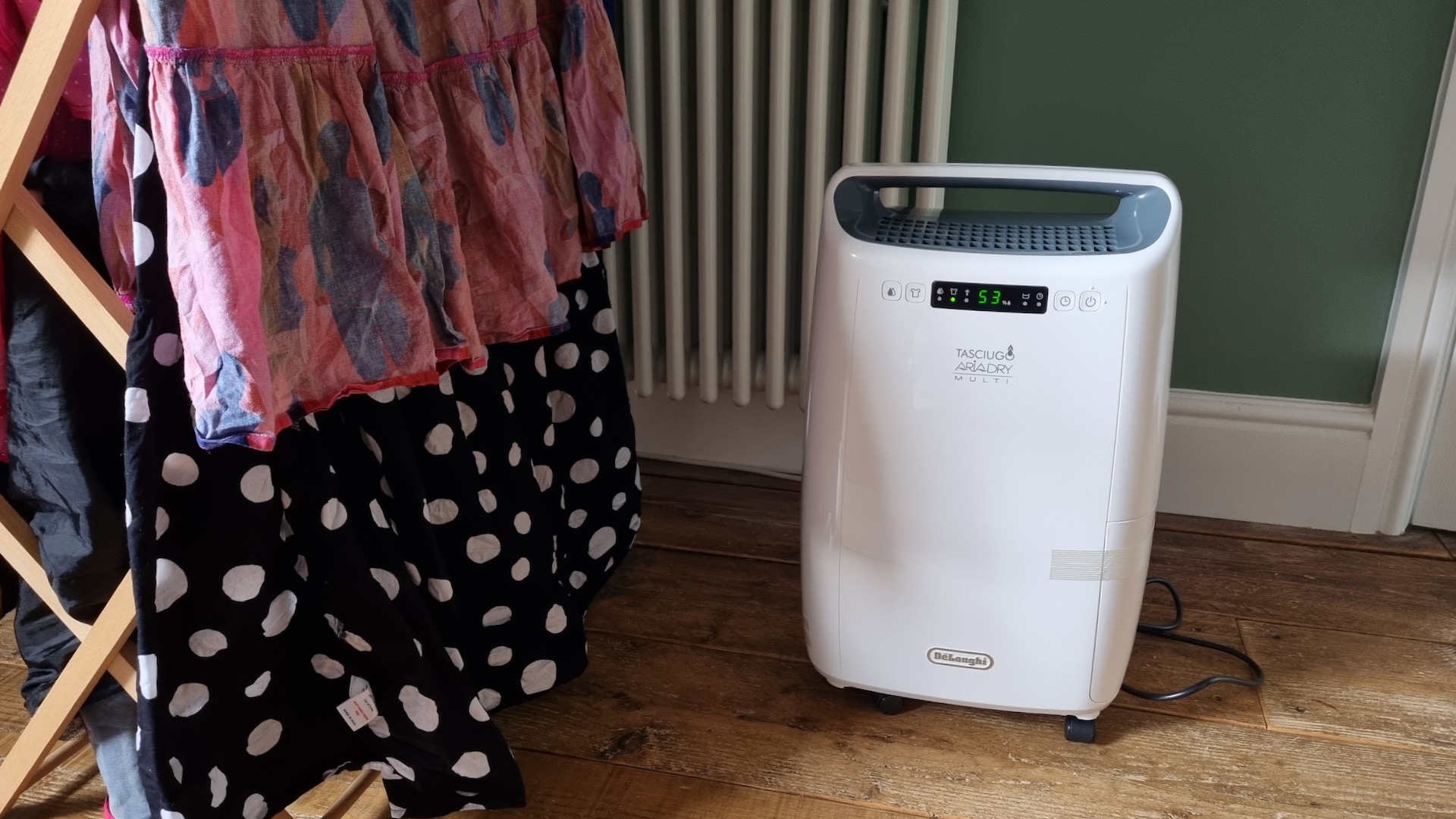
During the winter months, it's impossible to hang your clothes outside to dry, more often than not they would come in wetter than they started. This forces us to figure out ways to dry clothes indoors but that also comes with many issues that lead to common laundry drying mistakes around the house.
Unfortunately, drying your clothes inside can cause moisture build-up which will ultimately lead to mould if not remedied. The best way to combat this problem is to use one of the best dehumidifiers because believe it or not dehumidifiers are good for drying clothes indoors.
When you understand how a dehumidifier works you understand that extracting excess moisture from the air means not only will your clothes dry quicker they also won't dispel water vapour that can lead to mould.
4. Avoid prolonged showers
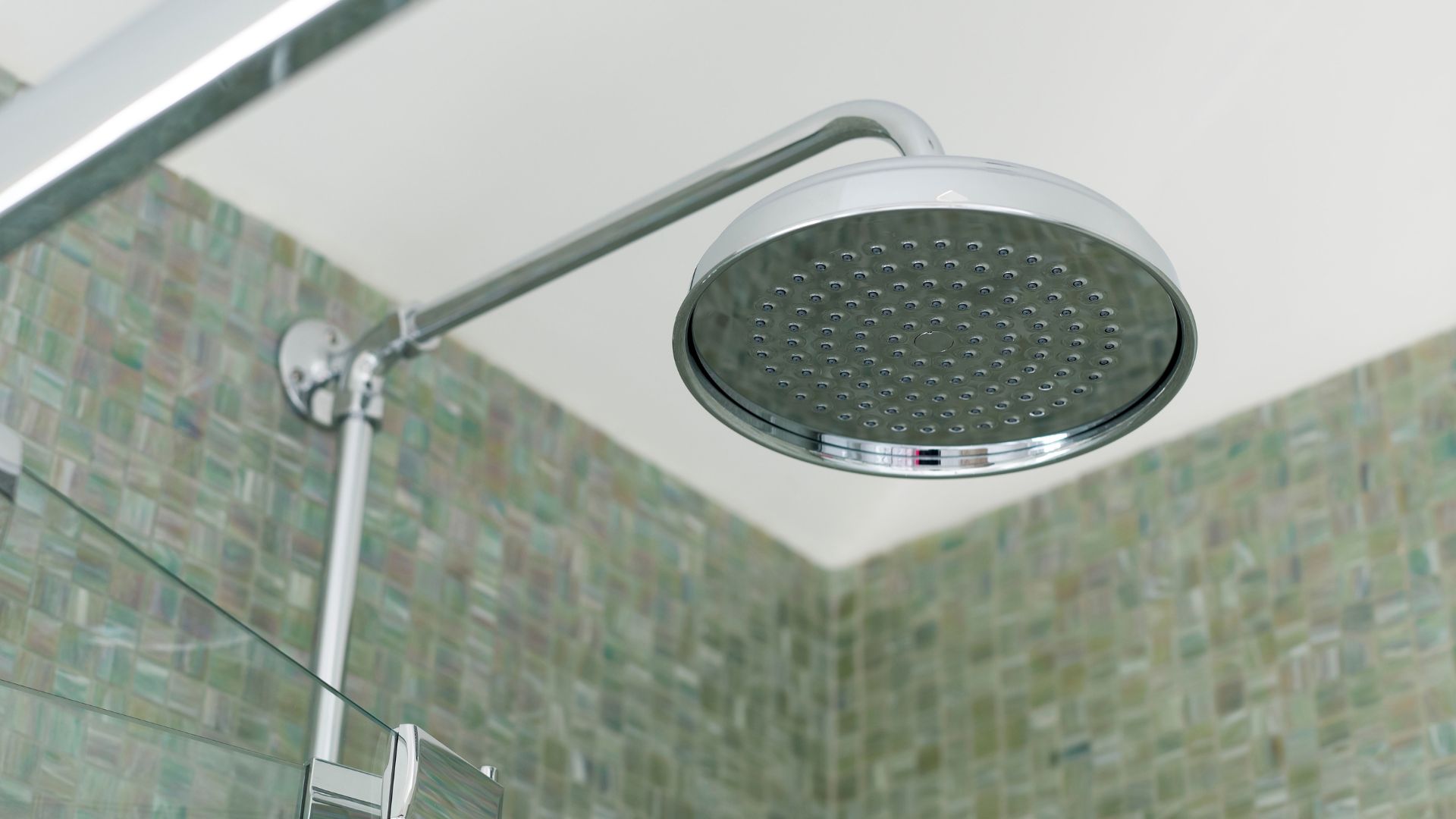
While there's nothing quite a long hot shower after a long day's work, being in the bathroom for a significantly long time with high temperatures can create excess moisture.
"A small change in your showering habits will make a big difference," explains Andy. "A shorter, colder shower will reduce the amount of condensation in your home. If you do want longer, hotter showers ensure the room is ventilated via an open window or extractor fan."
Alternatively, you could invest in one of the best dehumidifiers for bathrooms which would keep the steam and excess moisture to a minimum allowing for those luxurious long hot showers. However, cutting shower times is also a great way to save energy in the home to help save money on bills.
5. Allow space between furniture
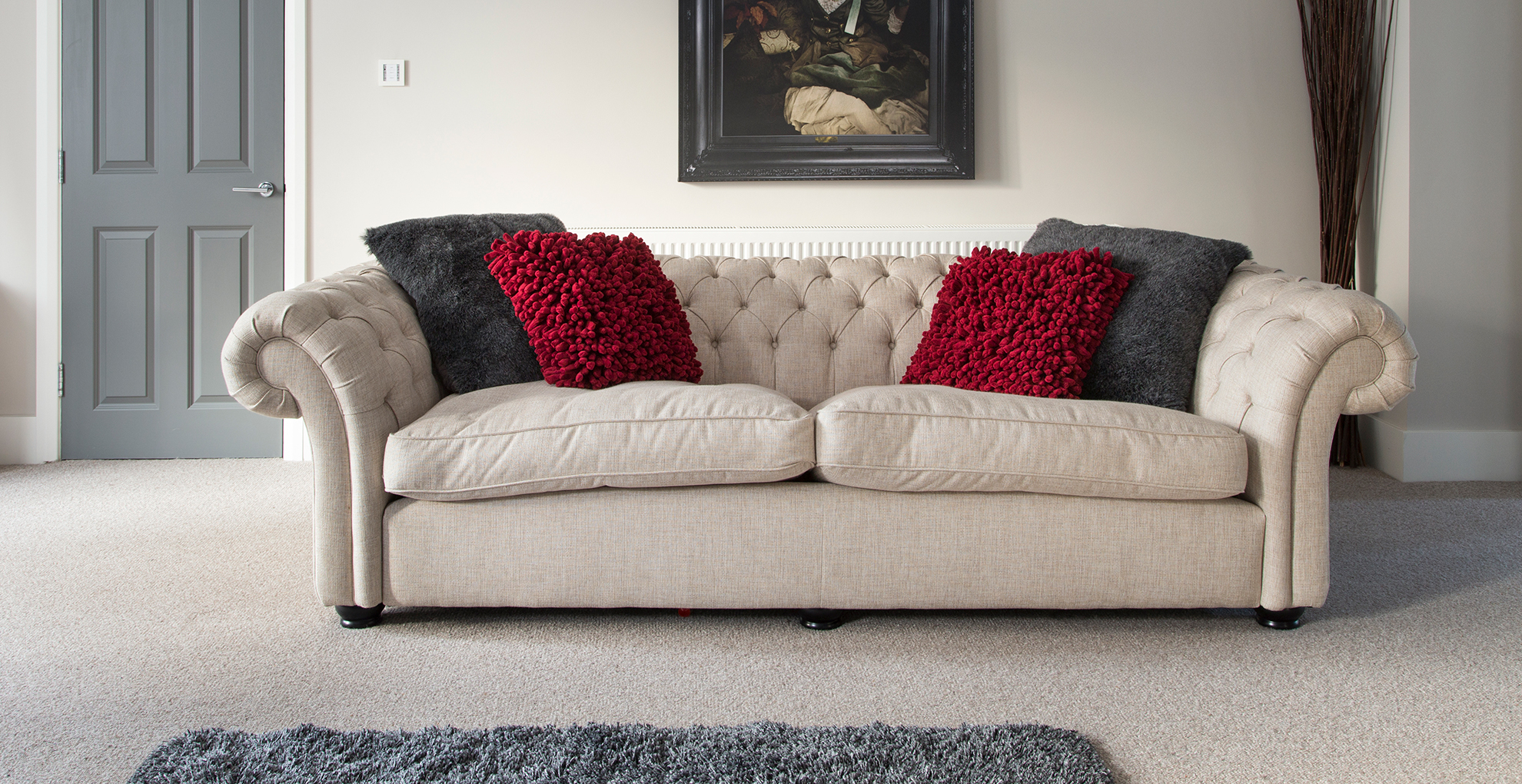
Whether navigating a small living room layout or perfecting the perfect bedroom layout allowing for space between furniture and walls can make a huge difference when it comes to mould prevention.
Andy explains how dampness and condensation can build up if there's not enough air flowing through the furniture and your wall, he says this is particularly an issue when furniture is propped against cold, external walls.
Should you be unable to completely change the layout of your room then temporarily pull your furniture out from against the walls. This simple act will help dry any problem areas.
6. Sleep with a window or door open

Similar to keeping your curtains open, leaving a window ajar or your bedroom door open whilst you sleep can promote airflow and avoid moisture build-up. Again, Andy does point out that this may not be possible depending on where you live.
"This may sound strange, but the act of sleeping can create a surprising amount of humidity; in fact, it is thought that one sleeping person adds half a pint of water to the air overnight," explains Andy.
"Many windows today have a function to lock the window just slightly open to allow airflow, so even if you are on a ground floor this is a possibility."
Allowing air to flow into your bedroom will also help you sleep better.
With all the unexpected places mould may be hiding in your home, it's important to be in the know-how of the very best ways to prevent it from appearing at all. Andy says that even a simple ramekin of salt or baking soda can help with reducing moisture, it's just a matter of acting fast when you notice moisture collecting.







